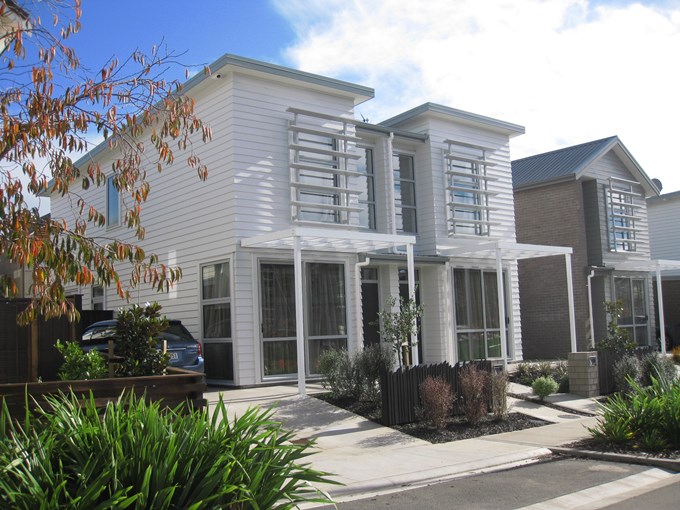A lot of discussion about the Auckland Unitary Plan has focused on how neighbourhoods are zoned. But what are zones, how do they work, and what do they mean for your neighbourhood?
What are unitary plan zones?
Under the unitary plan, zones manage how different areas are used, developed or protected.
All land in Auckland, including land in coastal marine areas, has a zone.
In general, the way that land is zoned reflects how it is used and what sort of activities happen there. Zoning can also identify how the way land is used is expected to change in the future.
What you can build and where
Each zone has rules specifying things like:
- what you can build
- how high you’re allowed to build
- how you can use the land
- what sort of activities you can use buildings or land for (housing, business, offices, light or heavy industrial, etc).
The rules also cover things like how far apart houses have to be, how much outdoor space they need to have, how many dwellings you can build on a site
How do I find out which zone my house is in?
Look up your address on this map
Types of zone
There are many different types of zone in the unitary plan. Some of those that have received particular attention are explained below.
Single House Zone

The purpose of the Single House Zone is to maintain and enhance the amenity values of established residential neighbourhoods.
(Amenity values are the qualities of an area that make people enjoy living there or visiting it.)
Amenity values might be created by things like historical character, special trees, coastal setting or "neighbourhood character".

Mixed Housing Suburban Zone

This is the most widespread residential zone, and covers many established suburbs and some greenfield areas.
Buildings in this zone are usually one or two storey, mainly stand-alone, and are set back from site boundaries with landscaped gardens.
Mixed Housing Urban Zone

This zone has a higher intensity of building, and allows for houses of up to three stories.
Terrace Housing and Apartment Building Zone

The Terrace Housing and Apartment Building Zone is a high-intensity zone enabling a greater intensity of development. This zone provides for urban residential living in the form of terrace housing and apartments of between five and seven storeys.
The zone is mostly located around metropolitan, town and local centres and the public transport network to support the highest levels of intensification.

